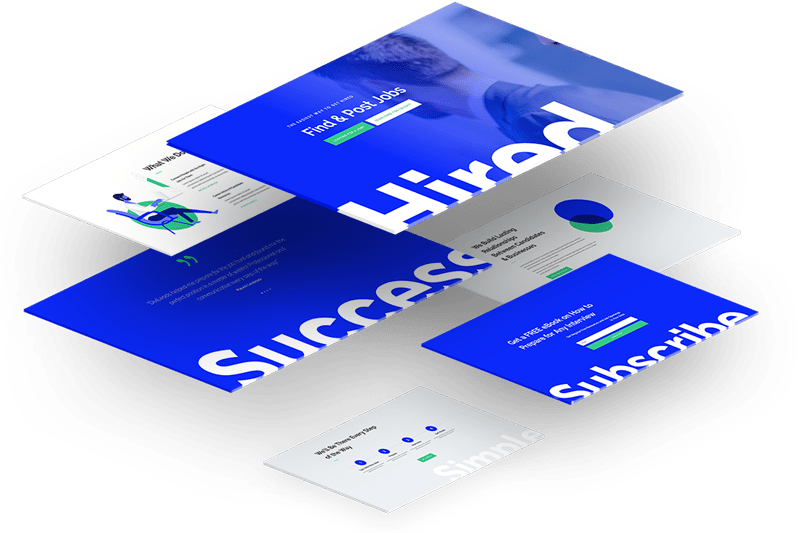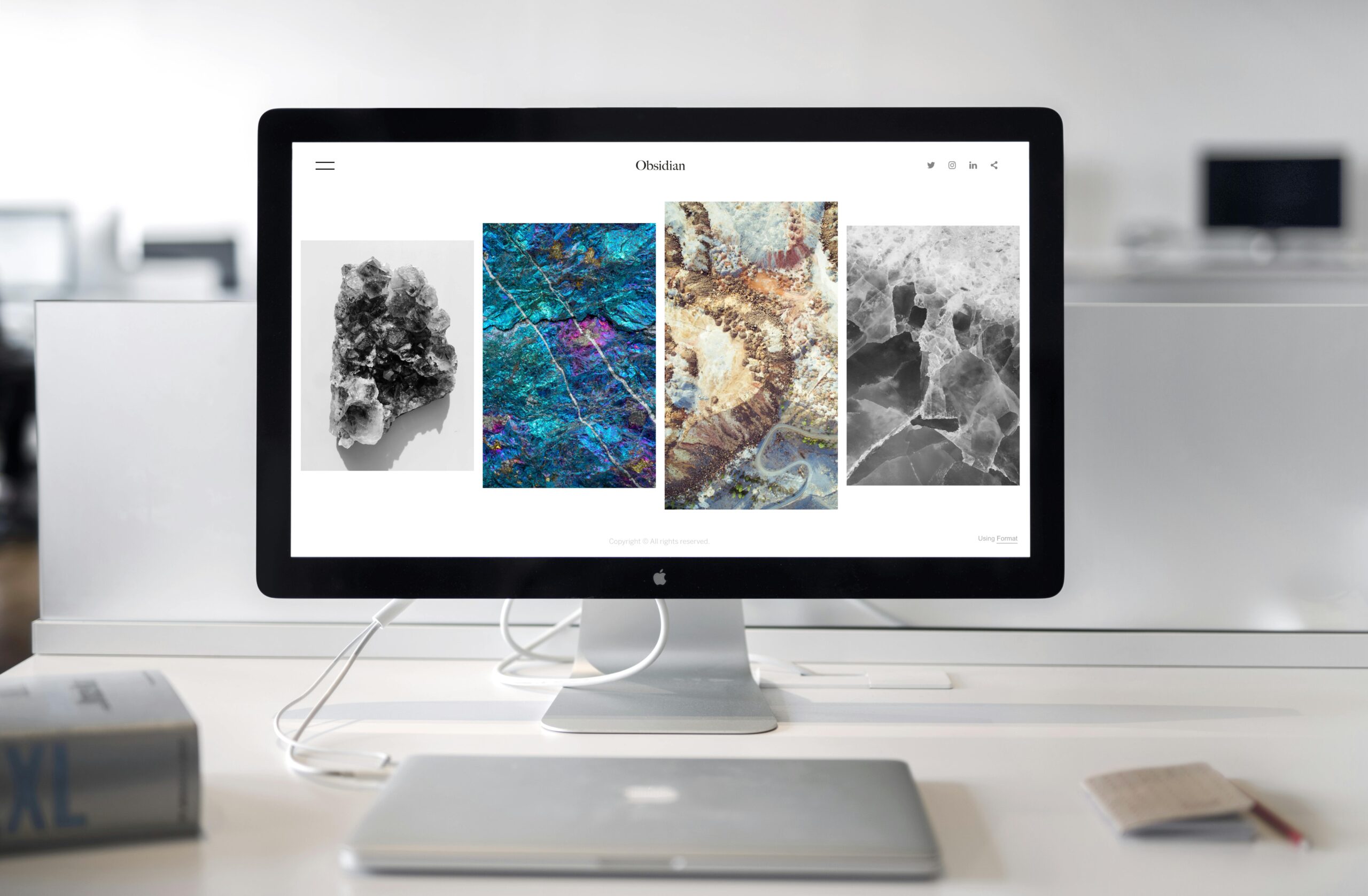Introduction
In the crowded digital landscape, what a great website looks like can make the difference between captivating potential customers and losing them to competitors. A truly great website is more than just attractive visuals—it’s a seamless blend of design, functionality, and performance. Below, we break down the seven core elements that define a great website, ensuring your online presence not only looks professional but also delivers results.
1. Clean, Cohesive Design
A great website greets visitors with a visually pleasing, cohesive design that reflects your brand identity.
- Consistent Color Palette & Typography: Stick to 2–3 brand colors and 1–2 complementary fonts. Consistency in color and typography builds brand recognition and trust.
- Whitespace & Layout: Embrace whitespace to make content breathe. A well-spaced layout guides users’ eyes naturally from one section to the next.
- High-Quality Imagery: Use professional photos or illustrations that align with your brand tone. Avoid pixelated or generic stock images.
2. Intuitive Navigation
If users can’t find what they’re looking for quickly, they leave. A hallmark of what a great website looks like is seamless navigation.
- Clear Menu Structure: Keep main navigation to 5–7 items max. Use descriptive labels like “Services,” “About,” and “Contact” rather than cryptic terms.
- Breadcrumbs & CTAs: Show users where they are with breadcrumb trails. Incorporate clear calls-to-action (CTAs) that guide next steps.
- Search Functionality: For content-heavy sites or e‑commerce stores, a prominent search bar reduces frustration and boosts conversions.

3. Lightning-Fast Performance
Load times under three seconds are critical—the faster, the better. Page speed impacts both user experience and SEO rankings.
- Optimize Images: Compress and use modern formats (WebP) so images don’t bog down the site.
- Minify Code & Leverage Caching: Remove unnecessary characters in CSS, JavaScript, and HTML; set up browser and server caching to reduce load times.
- Use a CDN: A content delivery network distributes assets worldwide, ensuring visitors get the fastest load possible. Why VisioPro Media Is Manitoba’s Leading Digital Marketing Company
4. Engaging, SEO‑Friendly Content
A great website educates, entertains, and persuades—all while targeting relevant search terms.
- Value‑Driven Copy: Address your audience’s pain points and explain how your product or service solves them.
- Keyword Optimization: Naturally weave in your focus keyword “great website” and keyphrase “what a great website looks like” in headings and body text without keyword stuffing.
- Multimedia Elements: Break up text with videos, infographics, and bullet lists to maintain reader interest.
5. Mobile Responsiveness
With over half of global web traffic coming from mobile devices, responsiveness is non‑negotiable.
- Fluid Grids & Flexible Images: Ensure layouts adapt to different screen sizes.
- Touch-Friendly Interactions: Buttons and links should be large enough to tap easily, and forms must be simple to complete on a small screen.
- Mobile‑First Approach: Design for mobile first, then scale up for desktop, rather than the reverse.
6. Clear Calls-to-Action (CTAs)
A great website doesn’t just inform; it converts. Effective CTAs turn visitors into leads and customers.
- Strategic Placement: Position CTAs above the fold, at the end of key sections, and within relevant blog posts.
- Action-Oriented Language: Use verbs that prompt action, such as “Get Started,” “Request a Quote,” or “Download Now.”
- Visual Contrast: Make CTAs stand out with contrasting colors and whitespace around buttons.
7. Trust Signals & Security
Building trust encourages visitors to engage, share personal details, or make purchases.
- SSL Certificate: HTTPS is a must for security and SEO.
- Testimonials & Reviews: Showcase customer feedback, case studies, or client logos.
- Privacy Policy & Contact Info: Make it easy for users to find your privacy policy, terms of service, and contact details.
Conclusion
Understanding what a great website looks like starts with focusing on design, usability, performance, content, SEO, mobile responsiveness, and trust. By combining these seven elements, you’ll create an online presence that not only looks professional but also converts visitors into loyal customers. Remember, continuous testing and optimization—using analytics, A/B testing, and user feedback—will help you refine your site over time and stay ahead of the competition.

